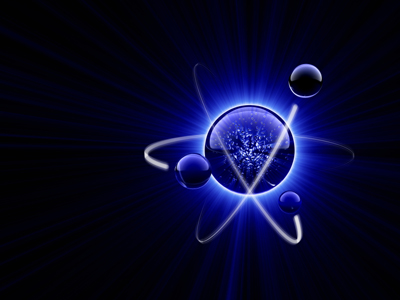

Chemistry - Atoms
This Chemistry quiz is called 'Chemistry - Atoms' and it has been written by teachers to help you if you are studying the subject at high school. Playing educational quizzes is a user-friendly way to learn if you are in the 9th or 10th grade - aged 14 to 16.
It costs only $19.50 per month to play this quiz and over 3,500 others that help you with your school work. You can subscribe on the page at Join Us
In order to understand Science in high school, students must be familiar with the basic and fundamental ideas of Chemistry, such as atoms, bonding and the periodic table of elements. This quiz looks at atoms in particular.
Protons - P for positive
Neutrons - NEUT for neutral
So the electrons must be negative
Ready for more?
not all...
quizzers. Try to win a coveted spot on our Hall of Fame Page.






